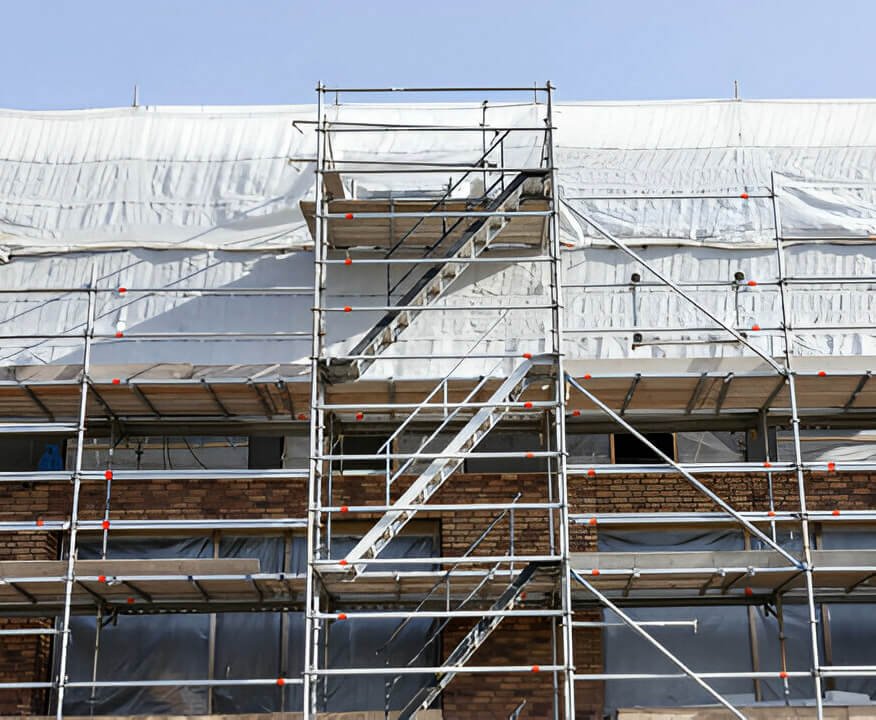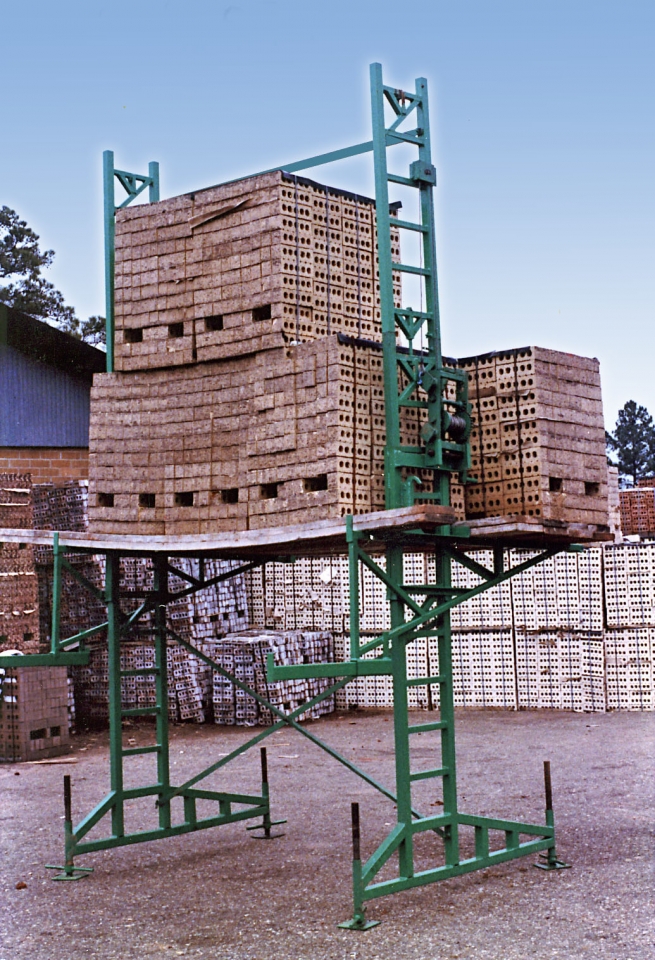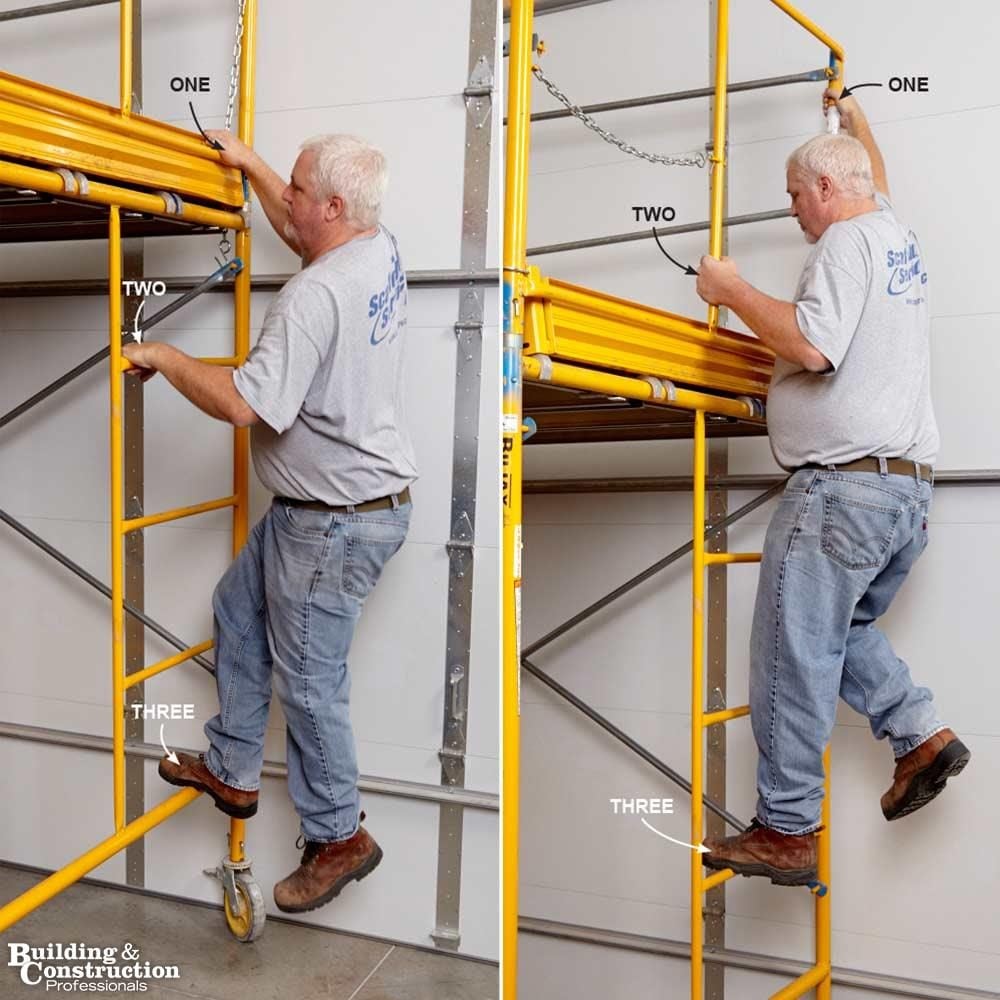Professional Scaffolder Surrey: Your Trusted Partner for Safe Installations
Professional Scaffolder Surrey: Your Trusted Partner for Safe Installations
Blog Article
Checking Out the Numerous Types of Scaffolding Used in Construction Jobs
The building and construction industry counts heavily on various types of scaffolding to meet specific job demands, each offering unique advantages and applications. Conventional framework scaffolding offers a sturdy structure for basic jobs, while put on hold scaffolding is essential for work with high-rise frameworks. Various other choices, such as system and rolling scaffolding, satisfy effectiveness and flexibility, specifically. The cantilever alternative shows important in urban settings where area is constrained. Understanding the subtleties of these scaffolding types is essential for maximizing security and performance on building and construction sites, motivating a better examination of their special attributes and applications.

Traditional Frame Scaffolding
Conventional framework scaffolding is among the most commonly utilized methods in the building industry due to its toughness and adaptability. This system consists of horizontal and vertical frames that are assembled to create a stable system for employees and materials. The main parts consist of upright blog posts, straight ledgers, and diagonal dental braces, which with each other give a strong structure that can sustain considerable tons.
Among the essential benefits of standard frame scaffolding is its adaptability to numerous construction projects, varying from domestic structures to big business structures. The modular style permits simple setting up and disassembly, making it effective for both temporary and lasting projects. Furthermore, the system can be customized in elevation and width, fitting various structure designs and site problems.
Safety is critical in scaffolding applications, and traditional structure systems are furnished with guardrails and toe boards to avoid drops and guarantee employee defense. Routine assessments and adherence to safety laws are crucial in maintaining the integrity of the scaffold (Scaffolding). In general, standard structure scaffolding continues to be a basic selection in the construction industry, offering a reputable platform for labor and improving general job efficiency

Suspended Scaffolding
Put on hold scaffolding uses a special solution for construction tasks that call for accessibility to raised surfaces, especially in circumstances where typical framework scaffolding might be impractical. This kind of scaffolding is generally suspended from the roofing or upper levels of a framework, using a system of pulley-blocks, ropes, and platforms to develop a working room that can be gotten used to various elevations.
Among the main advantages of suspended scaffolding is its versatility. It can be easily rearranged or decreased to accommodate modifications in construction requirements, making it suitable for tasks such as home window installation, façade job, and maintenance on skyscraper buildings. Furthermore, the marginal footprint of suspended scaffolding enables far better use ground area in city settings, where area is often restricted.
Security is an essential factor to consider in the usage of suspended scaffolding. On the whole, put on hold scaffolding gives a reliable and reliable solution for accessing hard-to-reach locations in numerous construction scenarios, enhancing both productivity and safety on site.
System Scaffolding
System scaffolding, frequently considered a contemporary option in the scaffolding market, contains pre-engineered components that can be promptly constructed and adjusted for different construction jobs. Scaffolding. This sort of scaffolding is characterized by its modular design, which allows for flexibility and efficiency on work websites, fitting different heights and architectural needs
Typically made from high-strength steel or light weight aluminum, system scaffolding uses enhanced durability and security. The elements include vertical blog posts, horizontal journals, and diagonal dental braces, which interconnect firmly, ensuring a durable framework. The design usually includes standard installations, simplifying setting up and disassembly procedures, therefore minimizing labor time and costs.

Rolling Scaffolding
Moving scaffolding is a functional alternative to typical set scaffolding, developed for mobility and simplicity of use on building and construction websites. This type of scaffolding consists of a platform supported by frameworks with wheels, enabling employees to quickly relocate it as needed. The wheelchair function dramatically improves efficiency, as it minimizes downtime associated with setting up and taking apart taken care of scaffolding.
Usually built from light-weight products such as light weight aluminum or steel, rolling scaffolding supplies a sturdy yet click here for more info portable option for projects calling for regular repositioning - Scaffolding. It is especially beneficial in tasks such as painting, drywall setup, and electric work, where access to different heights and areas is required
Security is critical in rolling scaffolding style, with attributes such as locking wheels to avoid unintended motion when being used, and guardrails to shield workers from falls. Furthermore, lots of designs are adjustable in height, fitting different project requirements.
Cantilever Scaffolding

The layout of cantilever scaffolding typically entails making use of arms or brackets anchored to a structure or structure, enabling the system to extend exterior securely. Security is critical; thus, these scaffolds must be crafted to hold up against ecological conditions and numerous tons. Normal click over here inspection and maintenance are important to ensure architectural integrity and employee safety and security.
Cantilever scaffolding is favored for its flexibility and efficient use area, making it a prominent selection in urban settings where area constraints are common. Moreover, it assists in less complicated access to high altitudes, eventually adding to the overall efficiency of building and construction tasks. Just like all scaffolding types, correct training and adherence to safety and security requirements are essential for employees utilizing cantilever scaffolding.
Conclusion
To conclude, the varied types of scaffolding used in construction jobs each serve distinct functions customized to specific site needs. Conventional framework scaffolding gives stability, while suspended scaffolding offers versatility for elevated tasks. System scaffolding promotes quick setting up, and rolling scaffolding enhances movement for differing workplace. Cantilever scaffolding properly addresses challenges in metropolitan setups. Understanding these scaffolding types is crucial for optimizing safety and productivity in building and construction, ultimately adding to the successful completion of jobs.
Typical structure scaffolding gives a tough structure for basic jobs, while put on hold scaffolding is crucial for job on skyscraper frameworks.Moving scaffolding is a flexible alternative to conventional fixed scaffolding, designed for movement and convenience of usage on building websites. As with all scaffolding types, appropriate training and adherence to security standards are vital for workers utilizing cantilever scaffolding.
Traditional structure scaffolding supplies stability, while put on hold scaffolding offers adaptability for elevated tasks. System scaffolding helps with quick setting up, and rolling scaffolding enhances movement for differing work settings.
Report this page